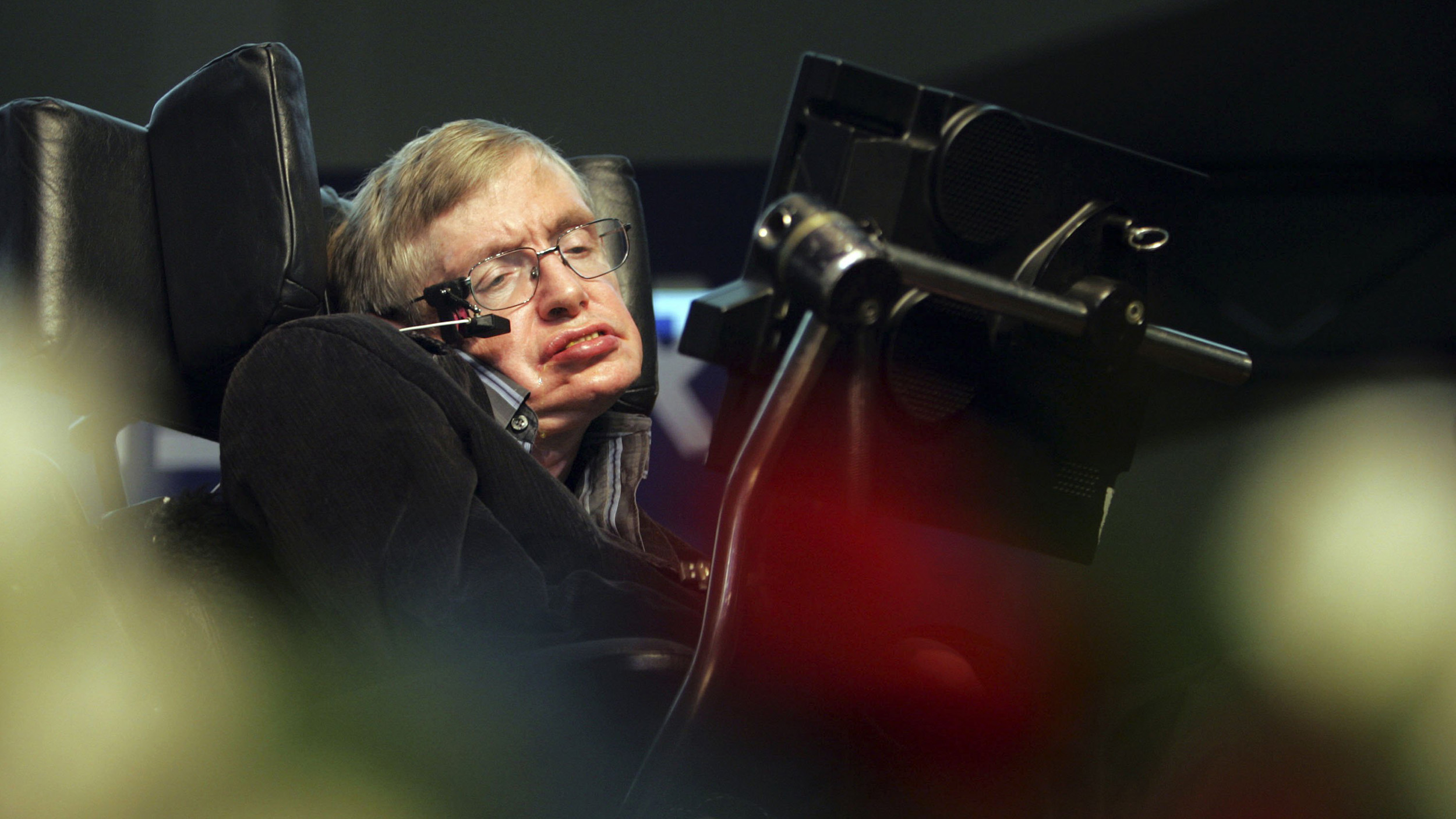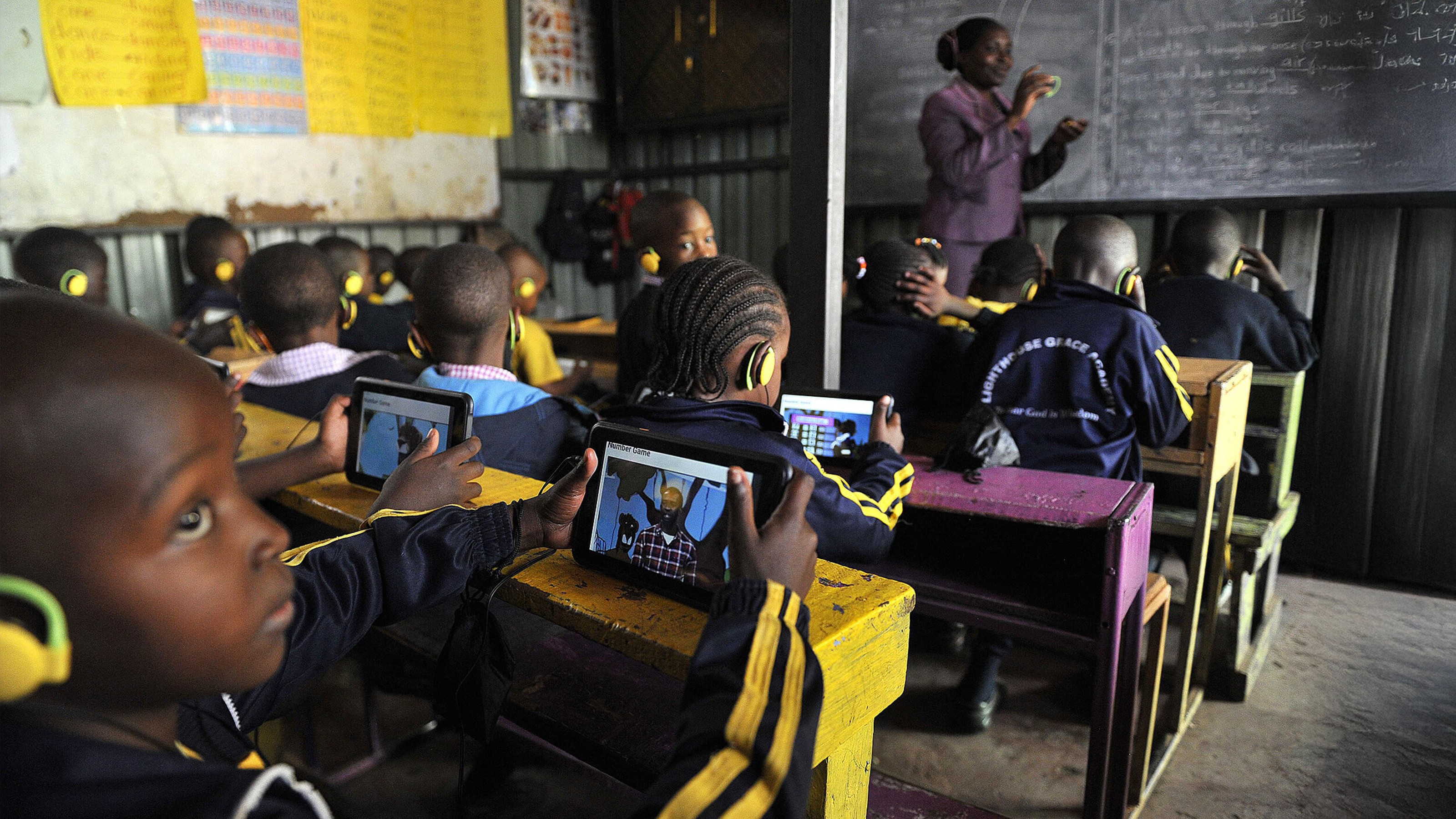Low-Tech Espionage: The Real “Mr. and Mrs. Smith”

Thanks to the Angelina Jolie and Brad Pitt’s runaway hit, “Mr. and Mrs. Smith,” we tend to think of undercover operative agents as not only being uncommonly good looking but also having in their possession the most sophisticated technology available. Yet the recent arrest of 11 Russian spies show that espionage is possible with just a laptop, flash drive, a few tools that can be purchased online, and widely available software. Basic technology can go a long way in helping spies and al-Qaeeda sleeper cells live undetected amongst us for years.
The FBI had been tracking the deep cover Russian families for almost a decade as they went about their everyday lives, which included setting up home in surburbia, getting a Masters from Harvard Kennedy School and running a real estate company near Wall Street. They were charged by the Russian Foreign Intelligence Service to infiltrate American think tanks and educational institutions, and to get close to prominent policymakers and businessmen, relaying pertinent information back to headquarters. The media has been referring to these spies as ‘high-tech’ yet the techniques used by them are far from it.
First, the spies exchanged encrypted information on flash drives through “brush pass” meetings, which means they literally brushed passed each other in a crowded train station and surreptitiously exchanged money and information. Flash drives are very common and can be encrypted quite easily using software like TrueCrypt available on the Web.
Second, the spies used stenography to send secret messages to Moscow. Stenography software takes a text message and embeds it in a picture. The picture, for instance that of a cat, appears to the visible eye marker-free, yet if it is decoded by the stenography software, a message is revealed. Even though the spies had customized stenographic software, digital stenography has been around since the 1990s and over 250 steganography programs widely available exist today. A better method is to use “network steganography” in which the message disappears after the communication ends, but the Russians seem unaware of this enhancement.
Third, the beautiful New York city based spy Anna Chapman was charged with communicating via a private wireless network with a Russian colleague parked in a van outside her local coffee shop. An ad-hoc network allows two wireless devices to communicate directly with each other, and can be set up relatively easily. The private network can however be detected by ‘network sniffing’ software like NetStumbler. The FBI, which was keeping tabs on Chapman, probably used similar software to find the network and the communication over it.
Fourth, the spies in Seattle used radiograms to send messages to Moscow. Radiograms are coded messages similar in structure to telegrams except that they are sent and received over shortwave radio. Shortwave radios can be bought anywhere from eBay to Amazon, and if you have an agreed upon frequency on which you’ll exchange messages, and a code book to encode and decipher the communication, you can start sending radiograms to your friends today.
Even with these basic technologies, the spies apparently complained several times to their superiors about software that failed mid-download and network connections that were too slow and spotty. It’s hard to believe the Russian government would send a group of such incompetent spies. After all, in all likelihood most of the “sensitive” information they garnered could have been found on Twitter or in Rolling Stone. Meanwhile, China and other powers are focusing on getting American secrets through much more effective means: cyber-hacking.
Ayesha and Parag Khanna explore human-technology co-evolution and its implications for society, business and politics at The Hybrid Reality Institute.





